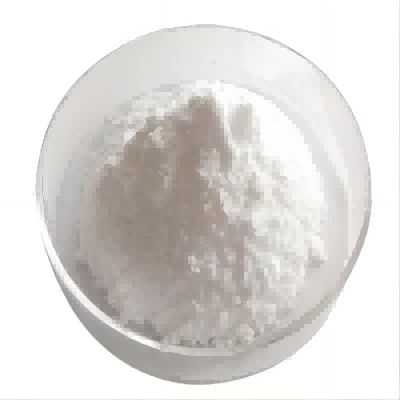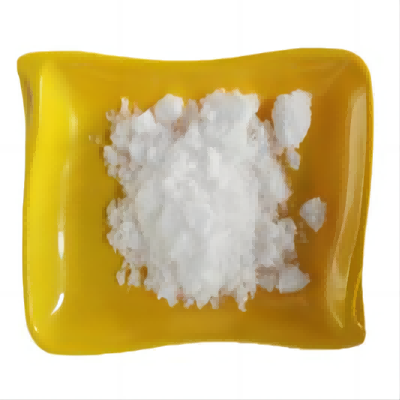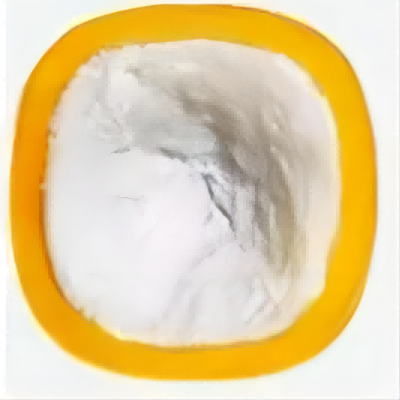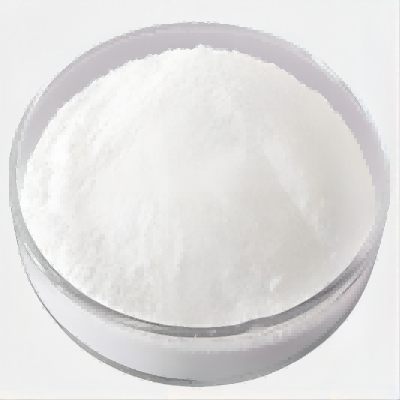4,4′-Dihydroxybenzophenone CAS:611-99-4
4,4'-Dihydroxybenzophenone is primarily utilized for its UV-blocking properties in a variety of industries, including cosmetics, pharmaceuticals, and material science. In the cosmetic industry, it is commonly incorporated into sunscreens, lotions, and skincare products as an effective UV filter. By absorbing UV radiation, this compound helps prevent skin damage caused by sun exposure, such as sunburn, premature aging, and an increased risk of skin cancer. Its dual hydroxyl groups enhance its solubility in formulations, contributing to its effectiveness as a photoprotective agent. In the pharmaceutical sector, 4,4'-dihydroxybenzophenone is explored for its potential as a drug formulation additive. Its UV-absorbing ability can help stabilize sensitive compounds that may degrade upon exposure to sunlight. By incorporating this compound, pharmaceutical products can maintain their efficacy and safety, ensuring better shelf life and patient outcomes. Additionally, its antioxidant properties may provide further benefits in enhancing the stability of certain formulations. Moreover, 4,4'-dihydroxybenzophenone is valuable in materials science, particularly in the development of coatings and plastics. It acts as a stabilizer against UV-induced degradation in polymers, thereby increasing the durability and longevity of materials used in outdoor applications. This attribute is particularly relevant for items exposed to sunlight, such as automotive parts, construction materials, and packaging. Furthermore, 4,4'-dihydroxybenzophenone has found use in laboratory settings as a standard or reference material in spectrophotometric assays due to its well-defined absorption characteristics. Researchers utilize this compound to calibrate instruments and ensure accurate measurements when analyzing other substances. In summary, 4,4'-dihydroxybenzophenone serves as a versatile compound with significant applications in cosmetics, pharmaceuticals, and materials science. Its ability to absorb UV radiation while providing stabilization to various formulations underscores its importance in protecting both human health and material integrity. Ongoing research continues to explore its potential uses and benefits across different fields, underscoring its relevance in contemporary science and technology.






| Composition | C13H10O3 |
| Assay | 99% |
| Appearance | white powder |
| CAS No. | 611-99-4 |
| Packing | Small and bulk |
| Shelf Life | 2 years |
| Storage | Store in cool and dry area |
| Certification | ISO. |









